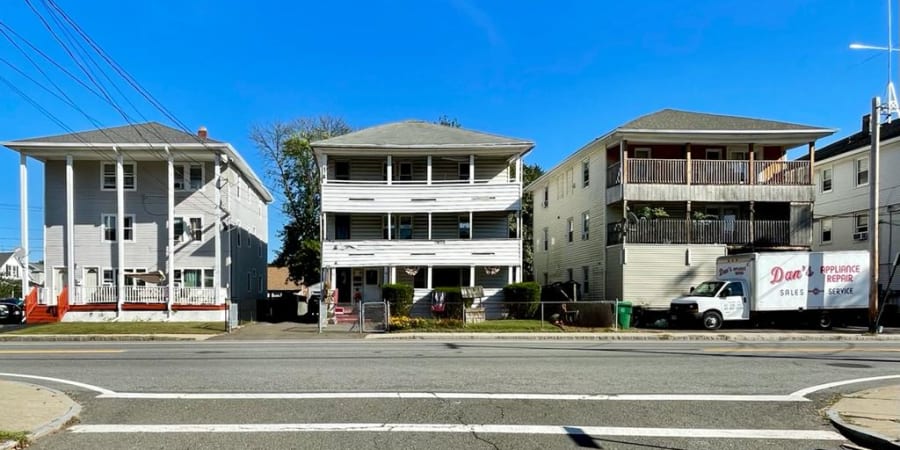
Chris Arnade's "Walking America" blog shows what it's like to walk through American towns.
Chris Arnade has been writing about America’s poor communities for a while now. His book, Dignity, is was one of my favorite books in recent years. Now he’s started a new blog on Substack called Intellectual Inting, where he is publishing a series of posts called “Walking America.”
He has two parts in the series so far:
- Walking America, part 1: Springfield, Chicopee, and Holyoke
- Walking America, part 2: Binghamton, Johnson City, and Endicott
Arnade doesn’t discuss biking or walking, at least not the same way that I do on my own blog, but our interests intersect. He goes out to meet the “back row” population, his term for people who have been left behind in our shifting economy and culture. He looks for an honest glimpse at what life is really like for them.
One could easily connect his observations to an essay about how our car-centric transportation policy contributes to the “back row” and “front row” division, but I’m not interested in that right now (for once!). What strikes me about his “Walking America” is his process. He goes out and literally walks through communities that most people drive through, or drive past, and he sees things that most outsiders would never notice.
In his words from part 1:
From a car whizzing by on I-90, the three [towns] blur together as a chunk of the urban bleh that fills much of America. One filled with fast-food franchises, strip malls, failed urban renewal projects, and with residents who need to work harder, get more education, and do less crime.
But walking forces you to slow down and talk to the people living there. You get to see beyond the bleh, and watch the endless string of tiny dramas that make up a city, and most people’s lives.
I think this is a lesson for anyone who wants to help the back-row population (to borrow his term) or who wants to advocate for mobility equity. Human society necessitates walking among, not driving through, to understand. A human habitat is one that facilitates walking.
If you haven’t yet, you should try walking from one side of your city to the other and see what you notice. The things that you end up noticing from that perspective are probably the things that you should focus on.
